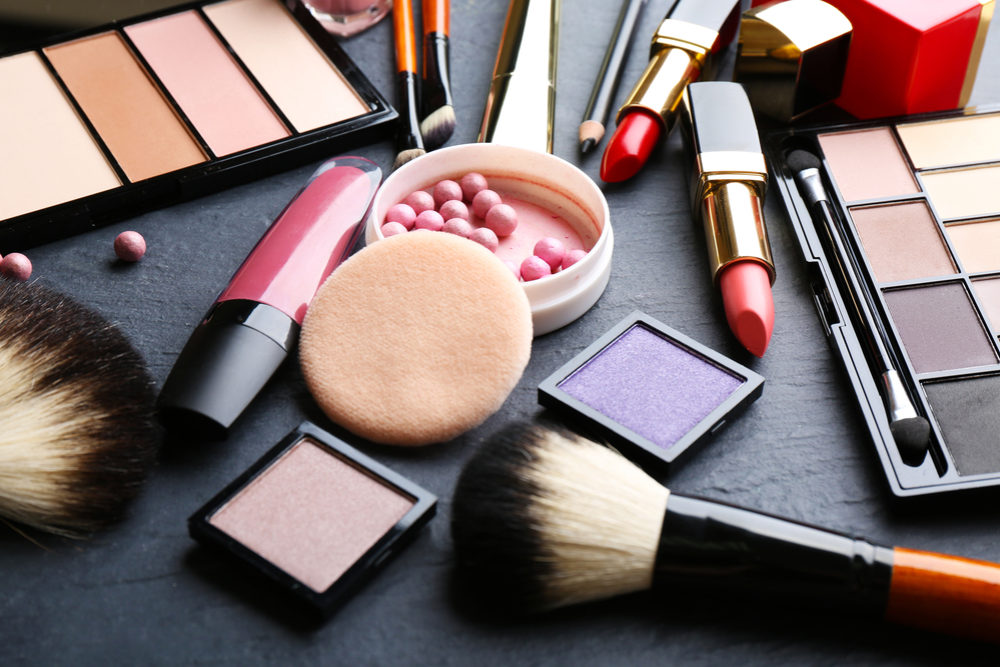Lead Levels in Lipstick and Cosmetic Should be Limited, FDA Recommends

Federal health regulators want cosmetics manufacturers to voluntarily cap the lead levels in lipstick and other products, to help avoid and reduce the risk of lead poisoning.
In a draft guidance issued on Wednesday, the FDA called for manufacturers to limit the amount of lead in lipsticks and other cosmetics applied to the skin to less than 10 parts per million (ppm). The agency is forced to oversee the industry through such voluntary guidance, because there are no federal regulations that manage cosmetics and their ingredients.
While externally applied cosmetics do not have to be approved before being sold on the market, the FDA can take action against products it determines to be unsafe.

Did You Know?
Millions of Philips CPAP Machines Recalled
Philips DreamStation, CPAP and BiPAP machines sold in recent years may pose a risk of cancer, lung damage and other injuries.
Learn MoreIn 2007, the Campaign for Safe Cosmetics, a project that tested lead levels in cosmetics like eyeshadows, body lotions and blushes, found lead in small amounts in lipsticks sold on the market. Following the campaign the FDA launched their own assessment of lead levels in cosmetics, mainly focusing on levels in externally applied products.
The FDA tested nearly 700 cosmetic products on the market, indicating that 99 percent of cosmetics tested contained less than 10 ppm, and the majority of cosmetics had less than 1 ppm. However, a small number of cosmetic products contained higher, more dangerous lead levels. Those included Clarins Paris Mon Couleur 19 Ice Blue and L’Oreal Lancome Blush Subtil 8 Brun Roche, which both contained 14 ppm.
In 2012, the FDA warned consumers that a Nigerian folk eye remedy known as Tiro, was more than 80 percent lead. The issue was of particular concern because Tiro was used primarily on children, who can suffer developmental problems and even death from lead exposure.
The new draft guidance will likely be finalized after a 30 day comment period. It recommends that manufacturers limit lead in cosmetics to 10 ppm through ingredient selection and good manufacturing practices.
For adults, exposure from lead mainly occurs from swallowing the product, such as ingesting food with lead or cosmetics with lead.
Lead poisoning for children can increase the risk of nervous system injury, brain damage, seizures or convulsions, growth or mental retardation, coma and even death.
The U.S. Centers for Disease Control and Prevention (CDC) estimate that 535,000 children ages 1-5, or about 2.6% of such children in the U.S., have levels of lead in their blood that place them at risk for adverse health effects. To come up with that number, the CDC analyzed data from the National Health and Nutrition Examination Survey from the years 1999 to 2002, and 2007 through 2010.
The majority of those children are poor and live in older urban areas, mainly in the inner city. Most are minorities, meaning such exposures add to numerous problems already plaguing inner city black and Latino youths, such as poverty, high crime and poor schools.
Get more articles like this sent directly to your inbox.
"*" indicates required fields




0 Comments